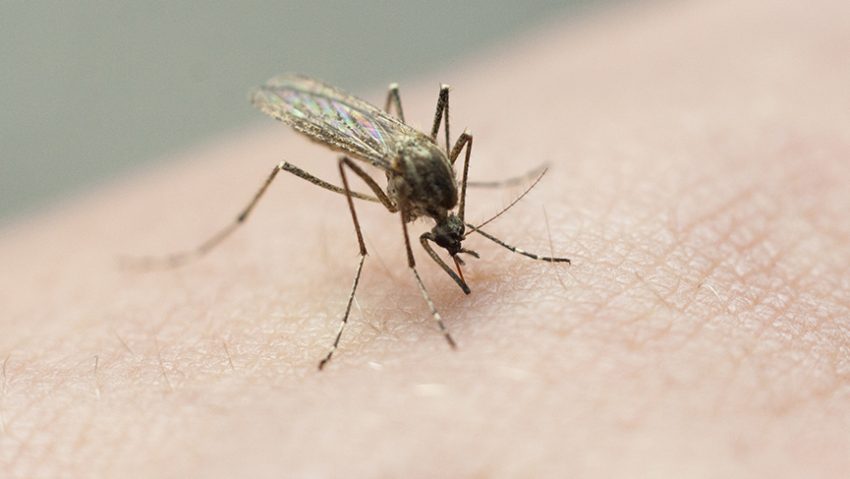Combating Mosquitoes with Nature’s Help
As the summer nights grow longer, many people find themselves battling an unwelcome nuisance—mosquitoes. These tiny pests can turn a peaceful evening in your backyard into a frustrating experience. While traditional methods like insect repellent, citronella candles, and protective clothing are effective, some individuals are turning to more natural solutions by inviting mosquito-eating animals into their yards.
One of the most effective ways to reduce mosquito populations is by attracting birds and bats that naturally feed on them. According to Natural Lawn of America, creating a habitat for these creatures can significantly help in keeping mosquitoes at bay. Although this method may not eliminate the problem entirely, it complements other preventive measures and offers a sustainable approach to pest control.
Attracting Birds That Eat Mosquitoes
Several types of birds are known to consume mosquitoes as part of their diet. Swallows, Purple Martins, Warblers, and others are among the species that can be beneficial in reducing local mosquito numbers. To attract these birds to your yard, it’s essential to provide them with the right environment.
First, consider adding a water source such as a fountain or a birdbath. Fresh water is crucial for attracting a variety of bird species. Next, set up multiple bird feeders in different areas of your yard. This encourages birds to explore more of your space rather than staying in one spot. Using a mix of seeds can also attract a wider range of birds, increasing the likelihood of having mosquito-eating species visit regularly.
Bringing Bats Into the Picture
For those who want to take their mosquito control efforts a step further, attracting bats can be an effective strategy. The National Wildlife Federation suggests building a bat house as a way to encourage these nocturnal creatures to make your yard their home.
A successful bat house should mimic the natural spaces that bats prefer, such as the area between tree bark and the trunk. This means the structure should have narrow internal spaces where bats can roost comfortably. The interior should also be slightly rough to allow bats to climb and grip easily. Additionally, the bat house needs to stay warm, which can be achieved by insulating the sides with caulk and painting the exterior a dark color to absorb heat.
Additional Tips for Mosquito Control
In addition to using natural predators, there are several other steps you can take to minimize mosquito breeding in your yard. One key action is to remove excess vegetation, as dense plants can provide shelter for mosquitoes. Regularly checking and emptying any standing water, such as in bird baths, flower pots, and drainage pipes, is also important. Mosquitoes lay their eggs in stagnant water, so eliminating these sources can greatly reduce their population.
By combining these strategies—using natural predators, maintaining a clean yard, and employing traditional repellents—you can create a more mosquito-free outdoor space. This holistic approach not only helps protect you from bites but also supports local wildlife and promotes a healthier ecosystem. Whether you’re looking to enjoy a quiet night outside or simply reduce the number of pests around your home, these methods offer a practical and environmentally friendly solution.
